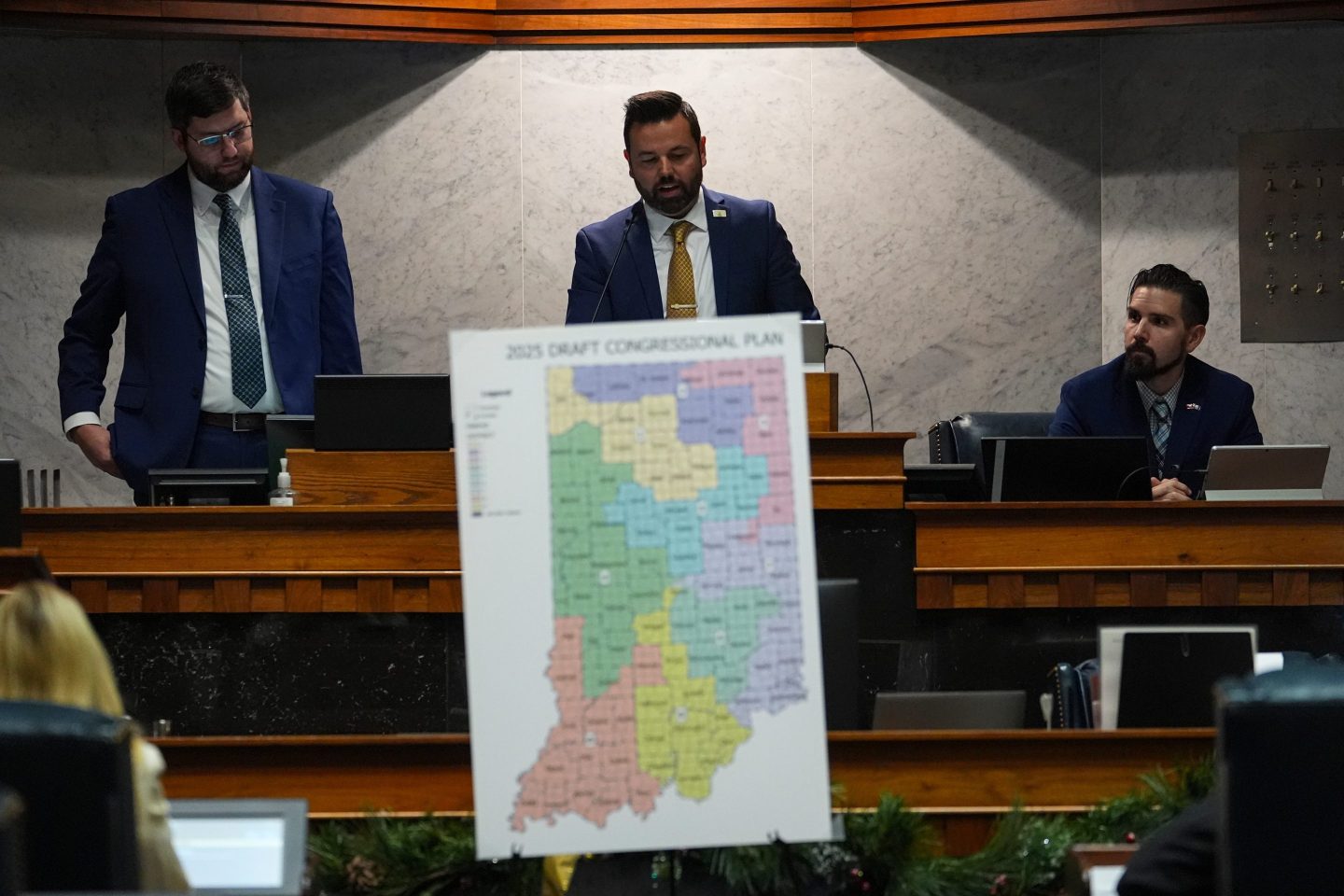If you enjoy caffeine, thank chemist Friedlieb Ferdinand Runge.
Not only did the German scientist isolate the active ingredient from coffee beans, he was one of the first to isolate a drug used in treating malaria. In honor of Runge’s contributions to health—and your morning routine—Google is honoring the scientist on his 225th birthday Friday with a coffee-drinking Google Doodle.
So, who exactly is Friedlieb Ferdinand Runge?
Runge was born on Feb. 8, 1795. He was the son of a Lutheran pastor and began his experiments in his teens. But Runge’s career really got started thanks to writer Johann Wolfgang von Goethe, a cat, and a bag of coffee beans.
After discovering that belladonna extract could cause the pupils to dilate, after a chance splash in his eye, his professor asked him to replicate the results on a cat. He did. That impressed von Goethe, who handed the 25-year-old Runge some rare coffee beans to analyze. From these beans, Runge isolated caffeine. The rest is history.
Happy 225th birthday to the curious German chemist, Friedlieb Ferdinand Runge!
Without him, the pain of forgoing one’s morning cup of coffee might've never had a scientific explanation ☕ #GoogleDoodle#ThanksFriedliebhttps://t.co/zWfONLvB5q
— Google Doodles (@GoogleDoodles) February 8, 2019
From there, Runge went on to become the first person to isolate quinine from cinchona bark.
Hundreds of years after its discovery in fighting malaria, quinine is still used to combat the disease today; however, quinine’s discovery is often credited to Pierre Joseph Pelletier and Joseph Bienaime Caventou, who later reported their work.

Runge earned his doctorate from the University of Berlin, taught at the University of Breslau, and later became a chemist for a chemical company. During this time he invented the first coal tar dye used to dye clothes. Fifteen years before his death, Runge was fired after working at the company for more than 20 years. Despite his successes, Runge spent the last years of his life living in poverty and died at the age of 73 in 1867 Oranienburg, Germany. No cause of death for Runge is listed.












